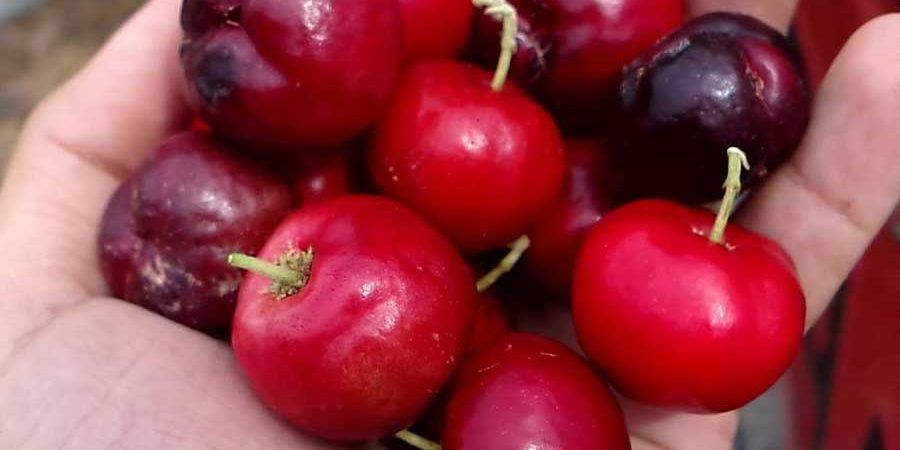The Nanche Rojo (Malpighia mexicana) and Its Antioxidant Potential
Also known as Mexican acerola, red cherry, or manzanita, among other names, the nanche rojo (Malpighia mexicana) is a fruit native to Mexico and Central America. Find out more about this exotic and functional fruit.





